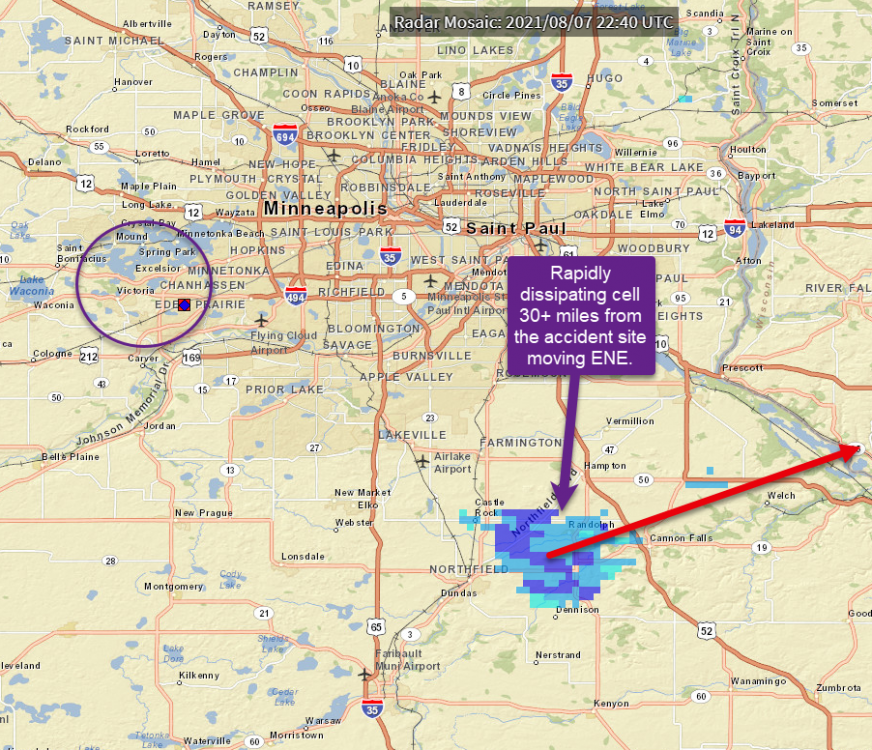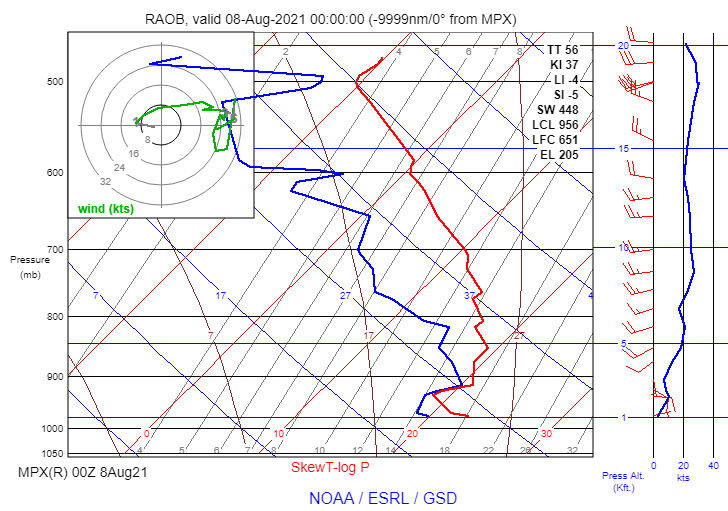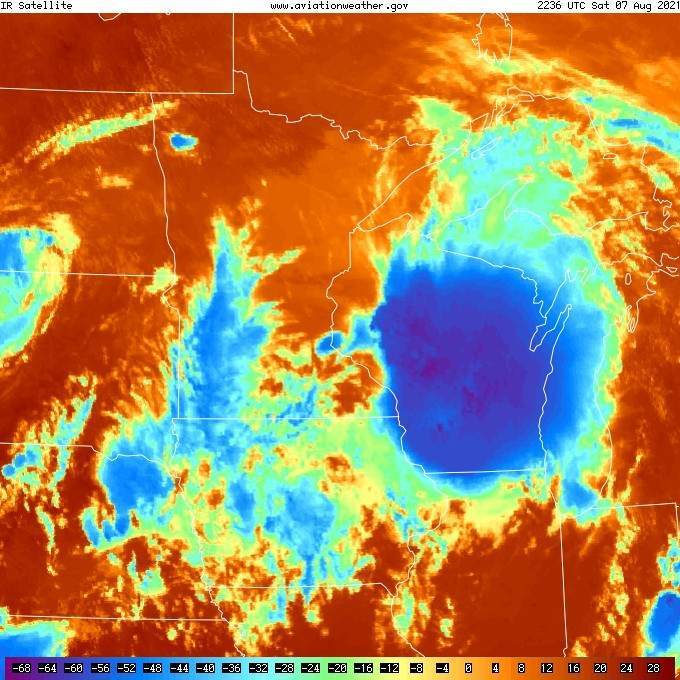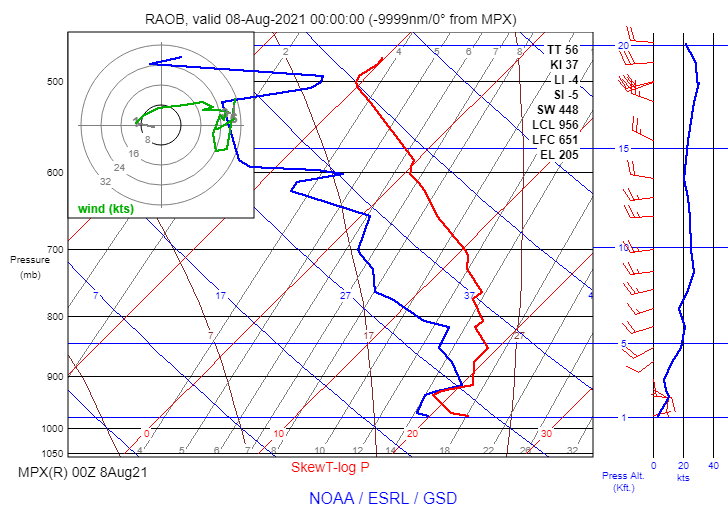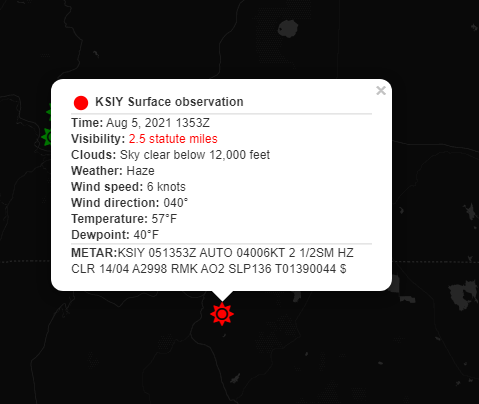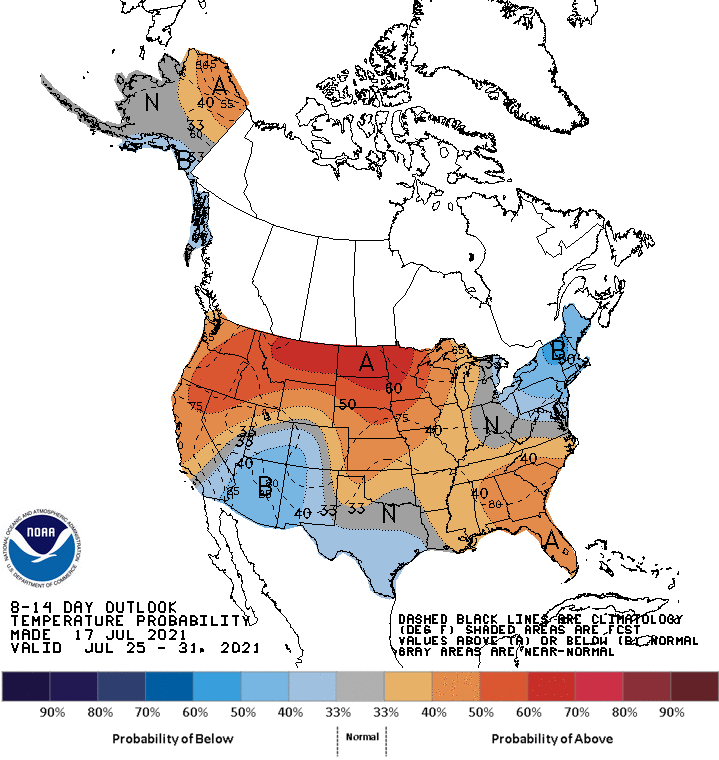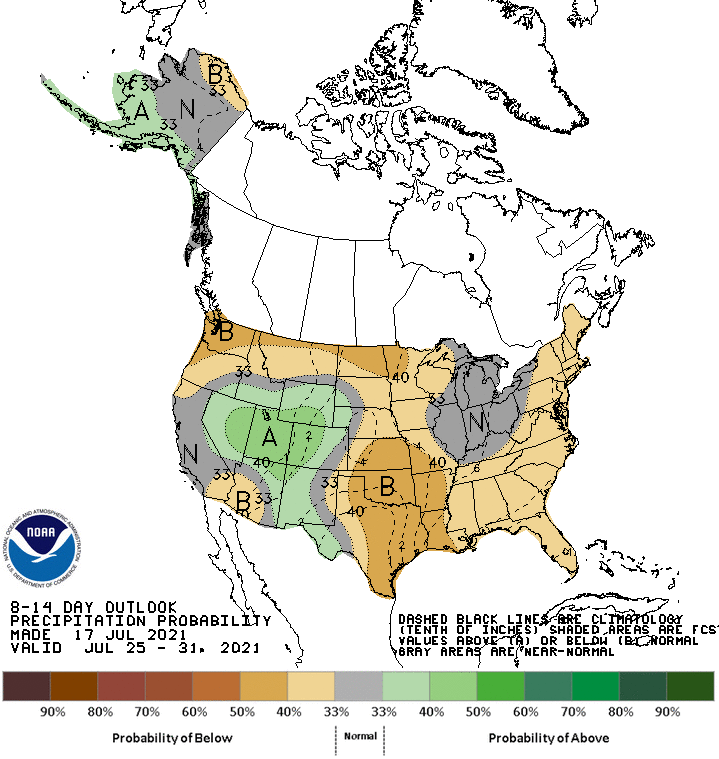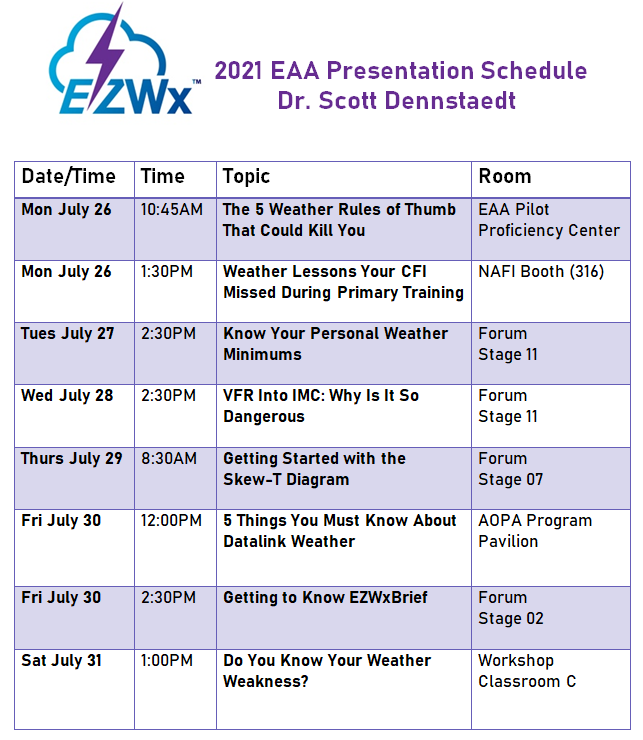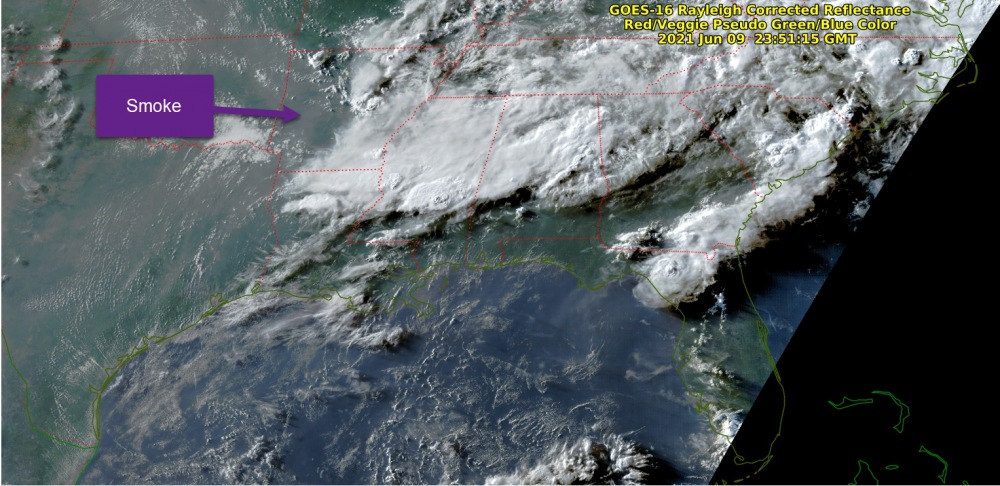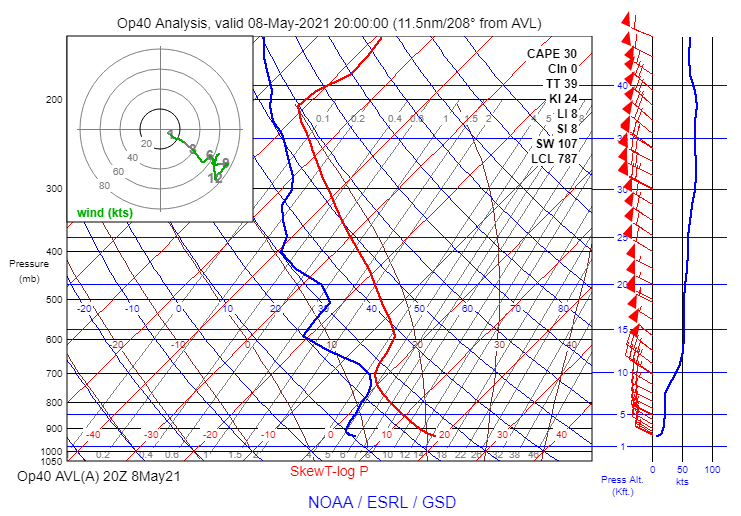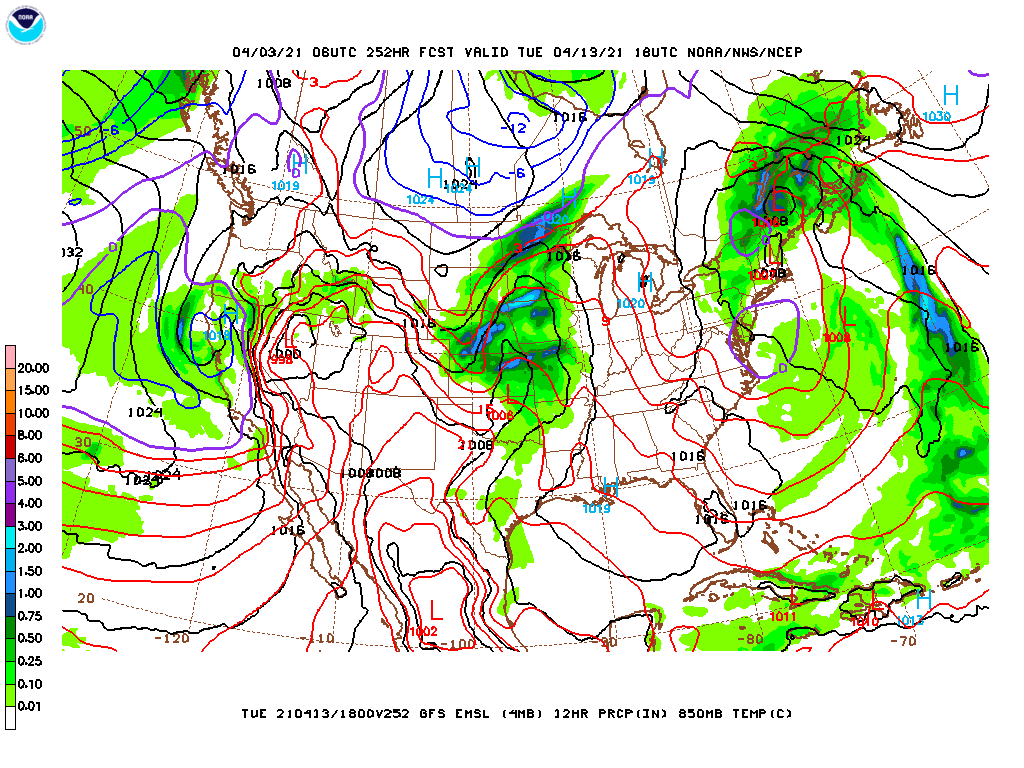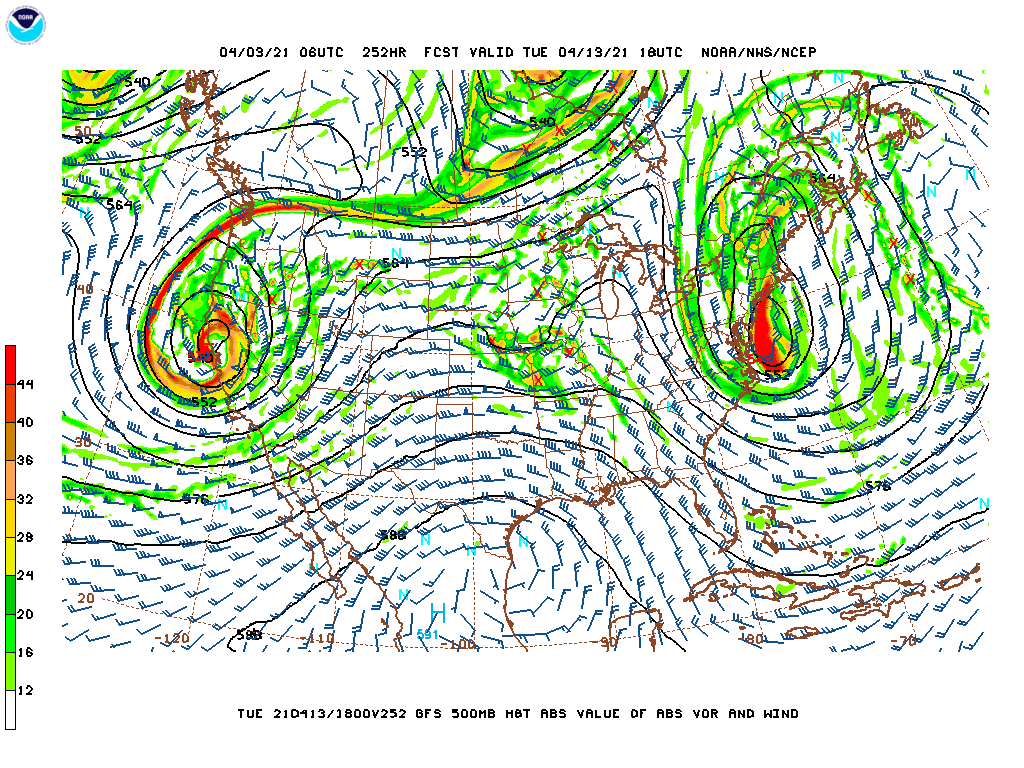-
Posts
437 -
Joined
-
Last visited
-
Days Won
3
Content Type
Profiles
Forums
Blogs
Gallery
Downloads
Media Demo
Events
Everything posted by Scott Dennstaedt, PhD
-

Minnesota Crash
Scott Dennstaedt, PhD replied to Davidv's topic in Mooney Safety & Accident Discussion
John, I assumed the accident was 5:40 pm CDT based on the Flightaware track? At that time the accident area was dominated by a thin stratocumulus deck. The only cell was over 30 miles to the southeast. This cell was rapidly dissipating and moving ENE well south of the MSP area. The IR image I posted earlier also shows just a stratocumulus deck in the immediate area of the accident. There was no deep, moist convection within 30 miles. I also checked the Level II NEXRAD to see if there were any outflow boundaries passing through the approach corridor to FCM. Didn't see any. The only thing I see in the NEXRAD shows a stabilizing atmosphere setting in with time. -

Minnesota Crash
Scott Dennstaedt, PhD replied to Davidv's topic in Mooney Safety & Accident Discussion
Yes, there was a RAOB taken pretty close to the time and location of the site of the crash. This shows the bases of this stratocumulus deck were ~1200 ft AGL and tops were ~2700 ft MSL; so the clouds were less 1,000 feet deep. The sky was overcast which is also seen on the IR satellite imagery. So an instrument approach would be necessary given the weather at FCM. KFCM 072353Z 09007KT 9SM OVC012 22/19 A2977 RMK AO2 SLP077 T02220194 KFCM 072253Z 06007KT 10SM OVC013 23/19 A2976 RMK AO2 SLP075 T02280194 KFCM 072153Z 08010KT 9SM OVC011 22/20 A2977 RMK AO2 SLP078 T02220200 KFCM 072100Z 08009G17KT 10SM OVC011 22/19 A2978 RMK AO2 T02220194 -

Minnesota Crash
Scott Dennstaedt, PhD replied to Davidv's topic in Mooney Safety & Accident Discussion
Brad, Not that I can see. There was a pretty nasty MCS that was to the ESE of the area as you can see on the IR satellite, but the tops in the area at the time of the accident were pretty low so the likelihood of any deep, moist convection was near zero. Tops in the area were around 3,000 ft MSL based on this RAOB shown below that was launched about 15 minutes prior to the accident and only about 5 miles away. That's about as good as you are going to get for weather info. KFCM 072353Z 09007KT 9SM OVC012 22/19 A2977 RMK AO2 SLP077 T02220194 KFCM 072253Z 06007KT 10SM OVC013 23/19 A2976 RMK AO2 SLP075 T02280194 KFCM 072153Z 08010KT 9SM OVC011 22/20 A2977 RMK AO2 SLP078 T02220200 KFCM 072100Z 08009G17KT 10SM OVC011 22/19 A2978 RMK AO2 T02220194 There was a wind shift right at the tops which is very common with stratocumulus decks that are largely created because of low-level instability and moisture (ground was fairly moist). The air tends to dry out where the inversion stops because the winds switch to a more southwesterly (dry) flow. -
An automated system cannot report smoke (FU). It can be augmented by a human observer, however. Typically with smoke an automated observation will be sensed as lower visibility and typically given a haze (HZ) obstruction to vis. Unless there's a distinct fire nearby, you will usually get a clear below 12,000 indication for ceiling. Here's an example from EZWxBrief. The sky is reported as clear below 12,000 feet and the visibility is in the IFR category with 2.5 miles vis and haze. There's no way to know if the reduced vis was due to smoke without an augmented report from a trained observer.
-
We are way too early to know that at this point. Check back with my Facebook Live broadcast on Thursday or Friday possibly. About the only thing we can say with any reasonable certainty is that the temperatures are going to be slightly warmer than normal with near normal (or very slightly above) for precipitation.
-

Twins are No Safer Than Singles
Scott Dennstaedt, PhD replied to KLRDMD's topic in Miscellaneous Aviation Talk
The real value is looking at multiple sources on the same subject across differing journals. I read over 250 accident studies in dozens of journals over the last 3.5 years. I know many of these researchers personally (have met them, know their background, exchanged emails, spoke on the phone, etc.). Their research differs in some cases, but that's just part of the natural process to understand the topic of interest. But if someone doesn't like the results of a particular study, my response to them is, "go do the study yourself." -

Twins are No Safer Than Singles
Scott Dennstaedt, PhD replied to KLRDMD's topic in Miscellaneous Aviation Talk
Been there, done that, got the PhD. Any questions??? -

Twins are No Safer Than Singles
Scott Dennstaedt, PhD replied to KLRDMD's topic in Miscellaneous Aviation Talk
That's why I only read peer-reviewed journals for this kind of stuff. It's more objective and there's typically no axe to grind. Although the ASI's Nall Reports are pretty darn good. -

Twins are No Safer Than Singles
Scott Dennstaedt, PhD replied to KLRDMD's topic in Miscellaneous Aviation Talk
Not specifically engine failure related, but a study was done and published in 2015 and found that "Accidents in twin-engine aircraft carry a higher risk of fatality compared with single engine aircraft and constitute 9% of all general aviation accidents." -
For those flying to AirVenture at the end of July, I will be doing my daily weather round up again this year. They will be live at the same time each day starting Monday, July 19th at 3 pm EDT on Facebook live (https://facebook.com/ezwxbrief/live) courtesy of EZWxBrief (there's no need to have a Facebook account to view the live broadcast). Please note that these will be recorded and available on the EZWxBrief Facebook page (https://facebook.com/ezwxbrief) after the live broadcast has finished. If time permits, they may also be uploaded to my YouTube channel (https://youtube.com/avwxworkshops) the following day. There will be a 20-30 minute briefing each day at that time that will focus largely on the weather for those planning to fly to the Oshkosh area on Sunday, Monday and Tuesday. Given that I will be en route to the event on Sunday, Saturday, July 24th will be the last update I make. The goal is to highlight problem areas throughout the U.S. and southern Canada that may impact flight as well as the weather for the Oshkosh airport and airports in the region. Please note that this is being offered for educational and entertainment purposes only and should not be considered a formal weather briefing. Although I am EAA's subject matter expert on weather, this has not been sponsored by or authorized as official weather guidance through EAA.
-
I will have a booth in Hangar C this year at EAA’s AirVenture (#3002, listed under AvWxWorkshops). Stop by and say hello. Also, mark your calendars now. I’ll be offering eight presentations throughout the week for you to attend to learn more about weather. Here’s the schedule… Hope to see you there!
-
Pretty likely. There's a hell of a lot of smoke across much of the Lower 48 -- and over AR in particular. Increased haziness becomes highlighted later in the day (as the sun-satellite geometry creates more forward scattering from aerosols as you can see in this image as a pale brown color): The period of light winds probably allowed smoke to subside within the boundary layer and reach the surface -- surrounding areas with convection likely had enough wind to ventilate the surface and keep the vis higher during some of the time.
-
So what the hell is going on in Jonesboro, Arkansas? Vis of 10SM ends up dropping off to 1/2SM and then dropping to less than 1/4SM. No significant weather occurring at the airport. KJBR 092219Z AUTO VRB04KT 10SM SCT029 BKN037 29/22 A2994 RMK AO2 KJBR 092207Z AUTO 22005KT 10SM BKN029 OVC035 29/22 A2995 RMK AO2 KJBR 092153Z AUTO 00000KT 10SM SCT029 BKN035 29/23 A2995 RMK AO2 SLP138 KJBR 092130Z AUTO 21003KT 10SM FEW027 29/22 A2996 RMK AO2 T02940222 KJBR 092122Z AUTO 23006KT 10SM BKN027 BKN034 30/22 A2996 RMK AO2 KJBR 092108Z AUTO 25004KT 3SM HZ SCT027 30/22 A2996 RMK AO2 KJBR 092106Z AUTO 26006KT 1/2SM HZ SCT027 30/22 A2996 RMK AO2 KJBR 092053Z AUTO VRB03KT M1/4SM HZ BKN027 30/22 A2996 RMK AO2 SLP143 KJBR 092040Z AUTO 33005KT 4SM HZ BKN023 BKN029 31/23 A2997 RMK AO2 KJBR 092037Z AUTO VRB04KT 3/4SM HZ OVC025 30/22 A2997 RMK AO2 KJBR 092025Z AUTO 29006KT 1/4SM HZ BKN023 OVC029 29/22 A2997 RMK AO2 VIS M1/4V5 KJBR 092018Z AUTO 29007KT 1/2SM HZ BKN023 OVC029 30/23 A2998 RMK AO2 KJBR 091953Z AUTO 33006KT 10SM BKN022 OVC029 29/23 A2998 RMK AO2 SLP150 KJBR 091853Z AUTO 26005KT 10SM BKN021 28/22 A3001 RMK AO2 SLP159 KJBR 091753Z AUTO 24008KT 10SM BKN017 28/23 A3002 RMK AO2 SLP163
-
Join me on June 30th at 8 pm EDT for a free educational webinar that provides Wings credit for those that attend. Register at the link below. This webinar is sponsored by SiriusXM & the Ninety-Nines and features a discussion of preflight weather planning for summertime flying. https://siriusxmcommunications.com/aviationwebinars
-

Mountain Waves over the Appalachian Mountains
Scott Dennstaedt, PhD replied to Bartman's topic in Miscellaneous Aviation Talk
These are called trapped lee waves and are very common over the Appalachians. It has a very classical signature on the Skew-T diagram. -

Who is at Sun n Fun?
Scott Dennstaedt, PhD replied to Tim Jodice's topic in Miscellaneous Aviation Talk
I am in Hangar C. Will be doing a presentation tomorrow (Friday) at 9 am on Personal Weather Minimums and Saturday at 9 am on the Skew-T in CFAA room #1. Will be giving away two of my books at the end of the presentation. -
Just a reminder that I will be on Facebook Live again tonight (Saturday) at 7:30 pm EDT to go over the weather analysis using EZWxBrief for the SUN 'n FUN event. Will likely discuss the weather on Sunday, Monday and Tuesday. Even if you are not attending the event, there is some educational value of listening in.
-
For those interested, I will be doing a Facebook Live presentation tomorrow (Thursday) at 7:30 pm EDT to go through the weather for Monday/Tuesday next week for the SUN 'n FUN fly-in. It'll likely be about a 20-30 minute presentation and I hope to record it (assuming the Internet gods are shining down on me). I will likely do another one on Friday and Saturday (and possibly Sunday) if there's something pressing to talk about. Even if you are not going to the event, you may learn a few things.
-
No major updates to report at this time. The Southeast U.S. appears to be free of any major weather system at this point on Tuesday afternoon. This doesn't imply there will be no threats for icing, turbulence or even pulse thunderstorm activity in Florida. From the GFS model, it appears there will be a weather system with weak upper level support in the north and central Plains. And a deep upper level trough impacting the Northeast U.S. that will bring down freezing levels to near the surface in that region. I'll likely be up on Facebook Live starting on Thursday of next week to do a more detailed overview of the weather for the region. Stayed tuned for that announcement.


